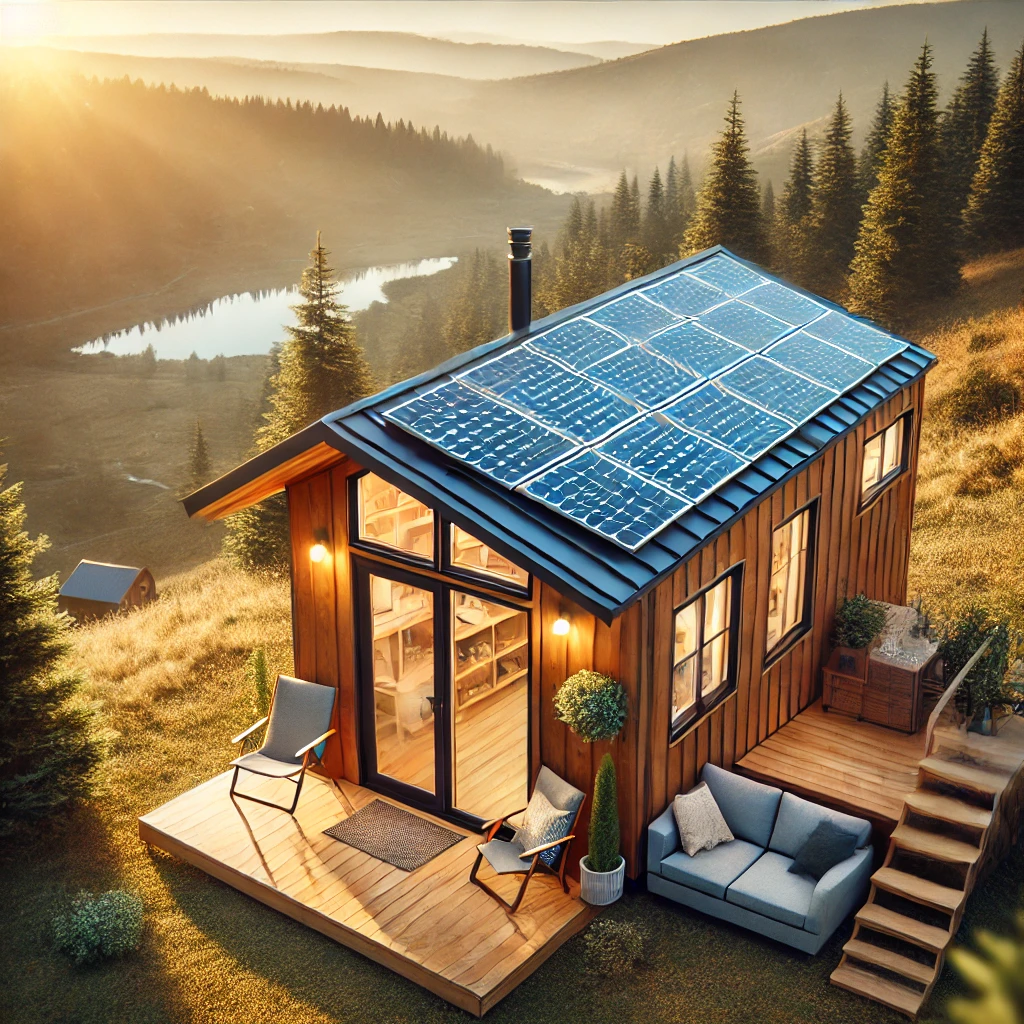Simplify & Roam: A Guide to Tiny Living
Top Blog Posts:
Browse some of our most popular Tiny Home topics:
Top 10 Most Important Things You Need for Living Off-Grid in a Tiny Home on Wheels
Embrace the freedom of off-grid living in your tiny home on wheels! This guide outlines the top 10 essentials, including solar power systems, water filtration, and efficient heating solutions, to ensure you thrive in your sustainable lifestyle.
How to Insulate Your Tiny Home for All Seasons
Insulating your tiny home is key to comfort in any season. From selecting the right materials to employing effective installation techniques, this guide covers everything you need to know to keep your living space cozy and energy-efficient all year long.
How to Decorate Your Tiny Home to Give It a Modern Look
Want to give your tiny home a modern makeover? Discover how to embrace minimalism, choose a neutral color palette, and incorporate smart technology to create a sleek and stylish living space that feels larger than life
How to Plan Your Tiny Home Layout
Planning your tiny home layout is key to maximizing space and functionality. Discover essential tips to create a comfortable living environment that suits your lifestyle, from storage solutions to natural light integration.
Why Tiny Homes on Wheels and Personal Development Go Hand in Hand
Tiny homes on wheels promote a lifestyle of minimalism and intentional living, perfectly aligning with personal development principles. Discover how embracing this unique lifestyle can lead to greater happiness, resilience, and connection with nature.
Top 10 Smart Features to Include in Your Tiny Home on Wheels
Tiny homes on wheels offer a unique lifestyle, and incorporating smart features can enhance functionality and comfort. Explore the top 10 smart features, including smart appliances and voice-activated assistants, to optimize your tiny living experience.
Top 10 Places to Travel with Your Tiny Home on Wheels
Traveling in a tiny home on wheels allows for freedom and comfort like no other. This blog post highlights the top 10 destinations perfect for your next tiny home adventure, offering stunning natural beauty, unique cultures, and unforgettable experiences.
Unlock Insider Tips on Tiny Home Living & Smart Buying Strategies.
Join our newsletter for exclusive tips on tiny home living, smart buying advice, and design ideas to bring your tiny home dreams to life—plus, get first access to special offers from Nomadic Structures!







